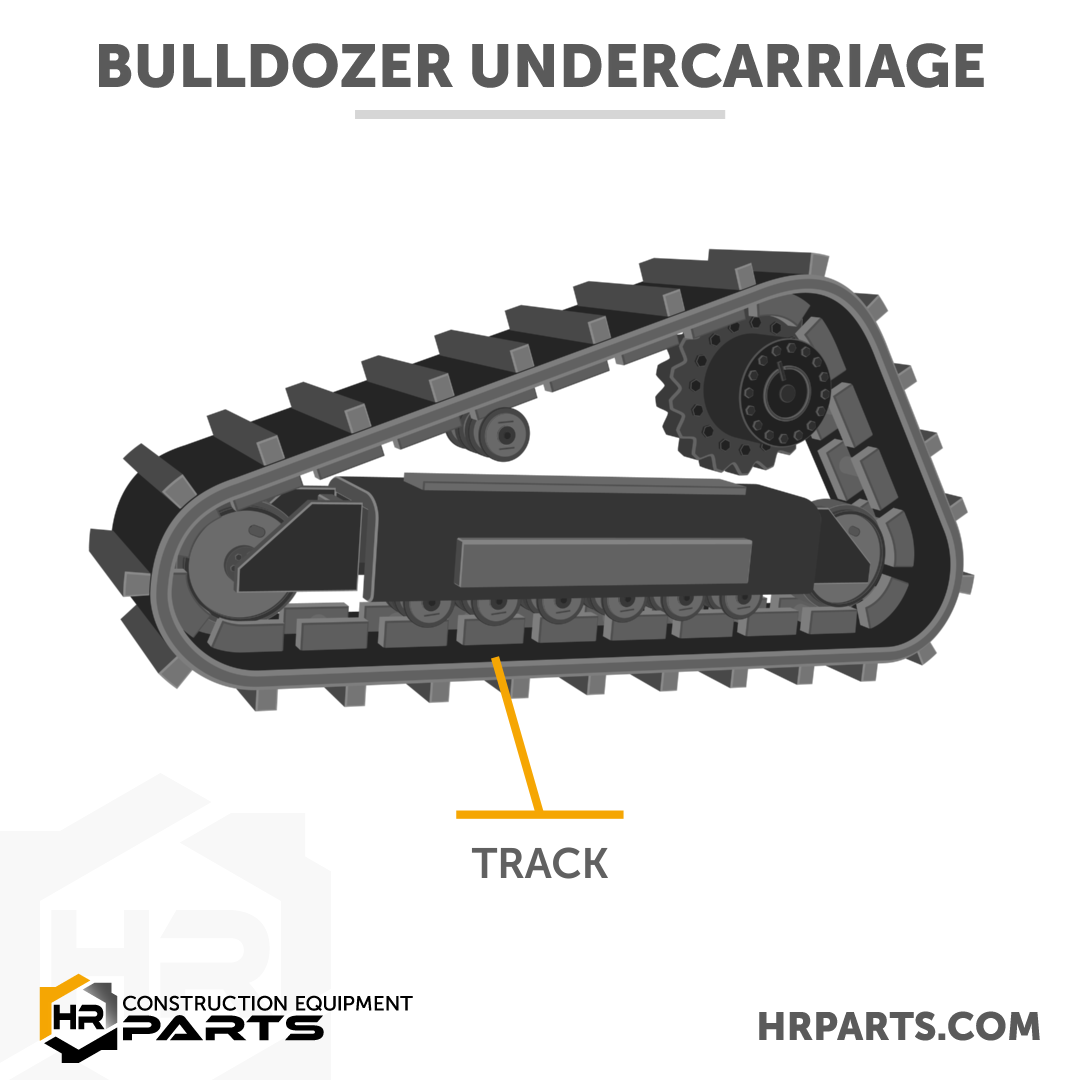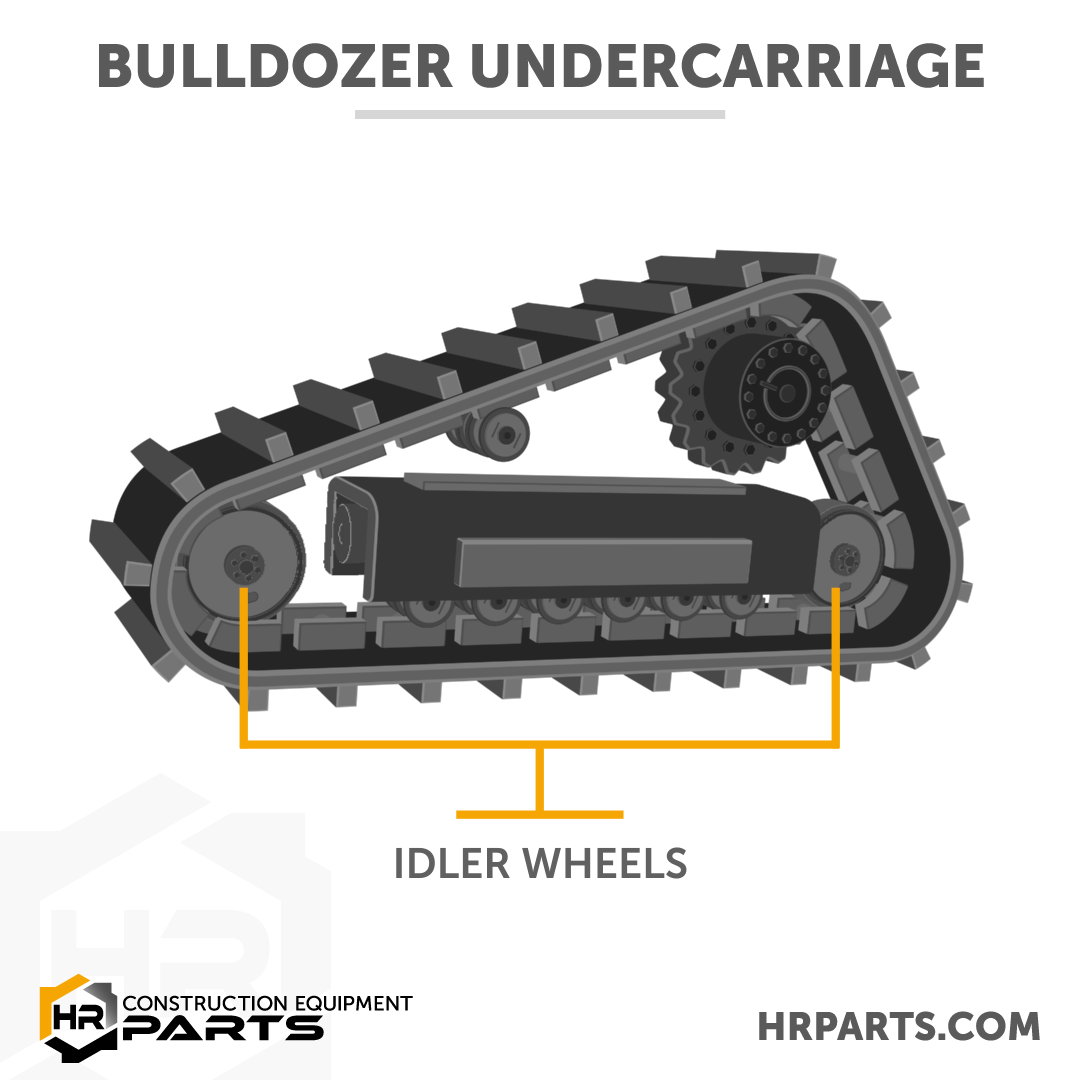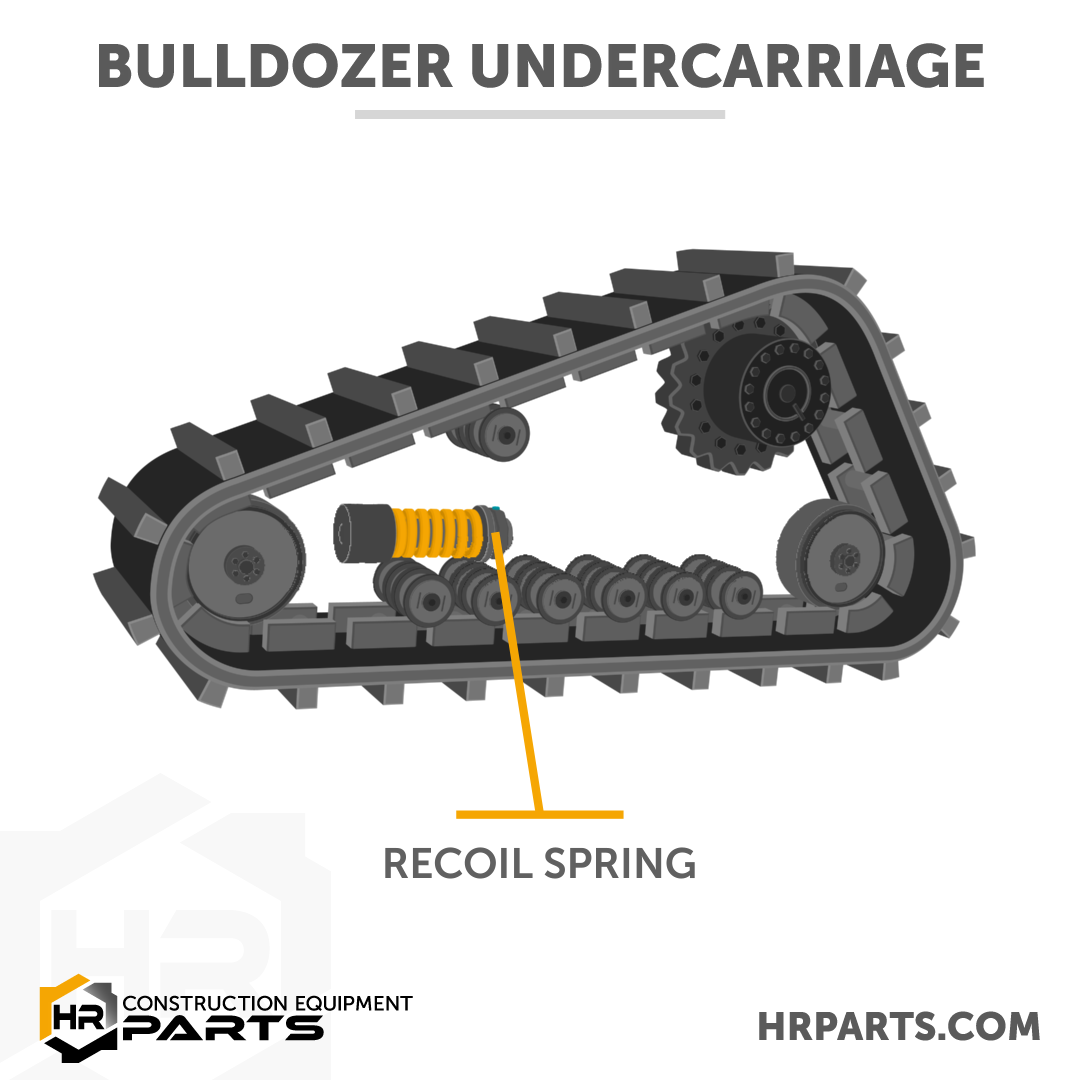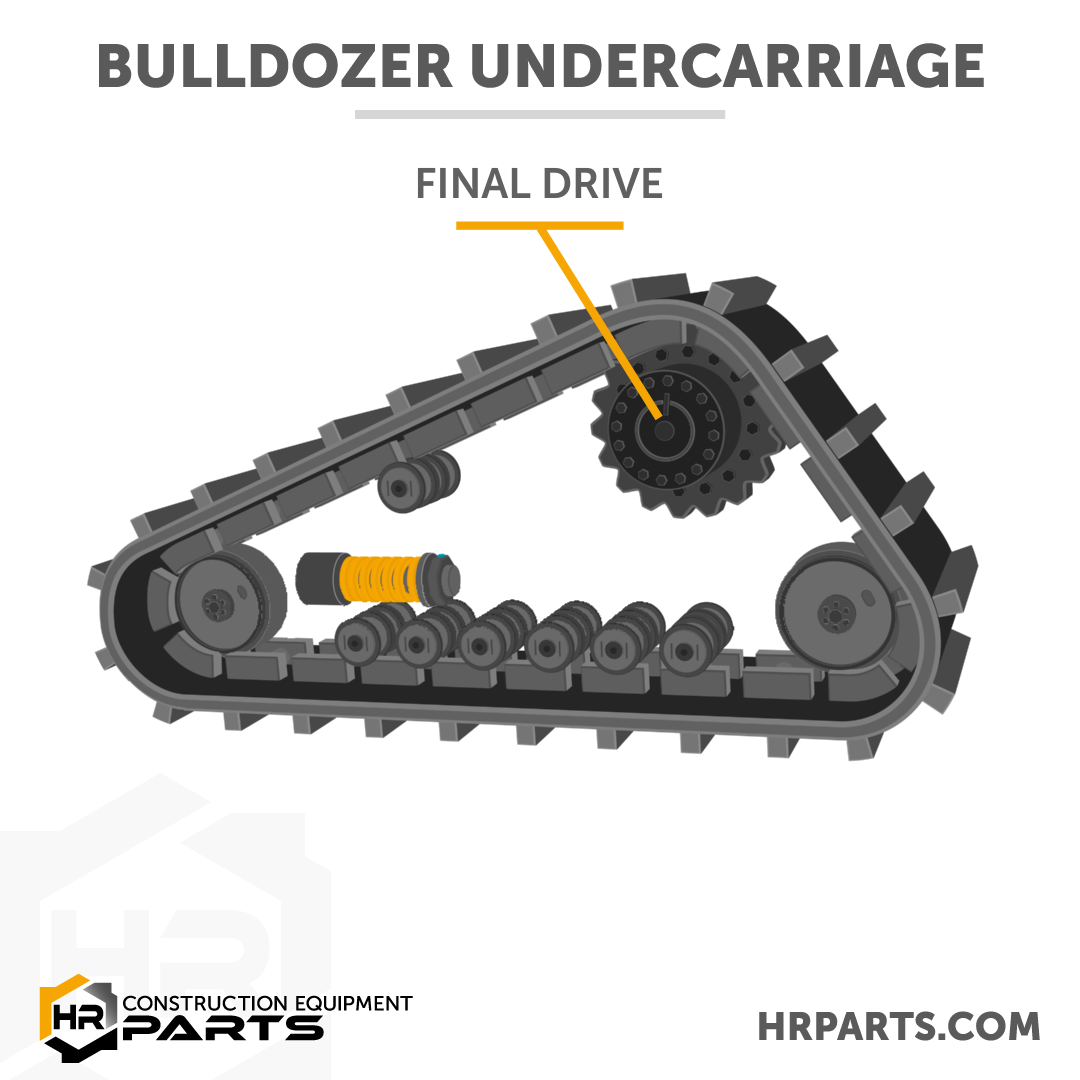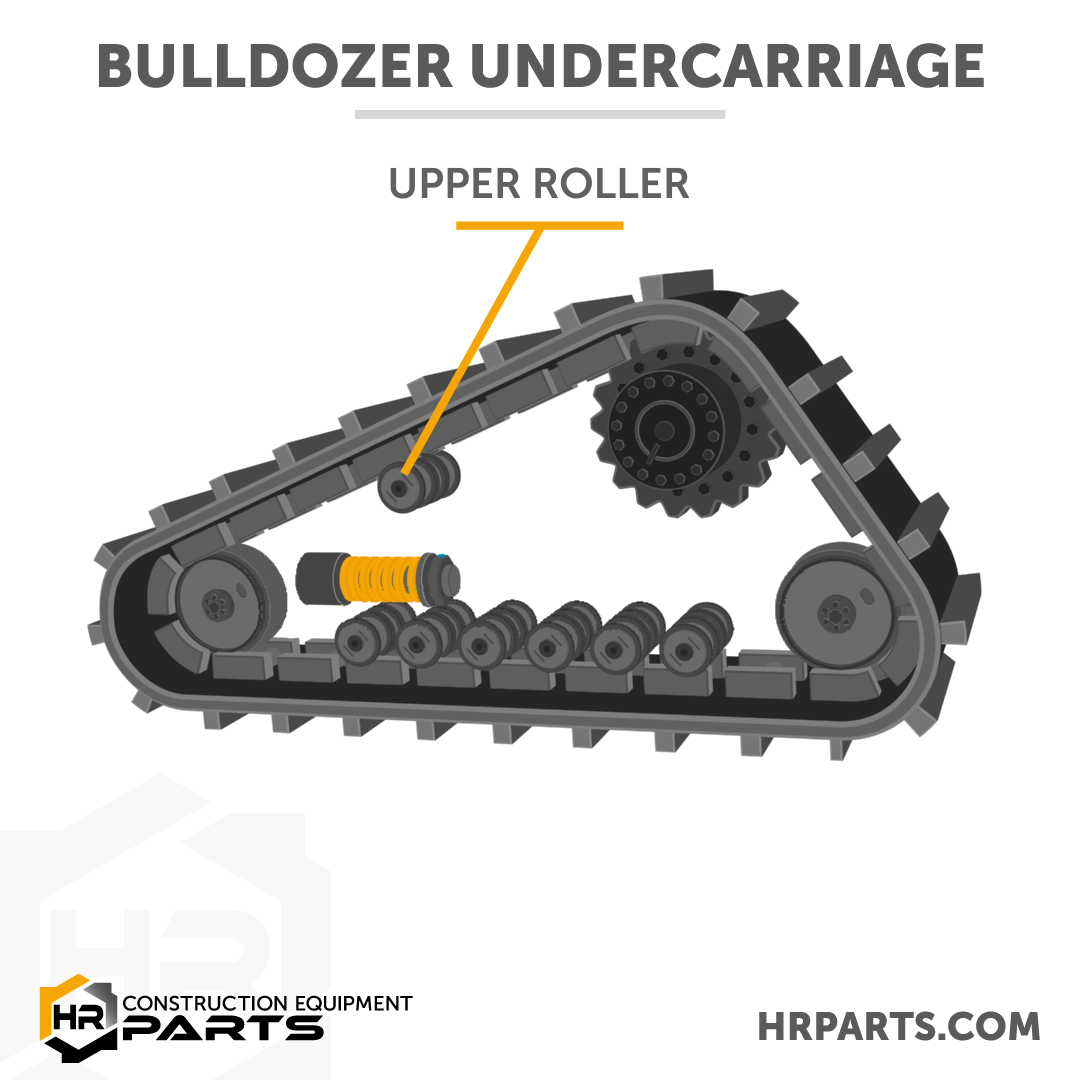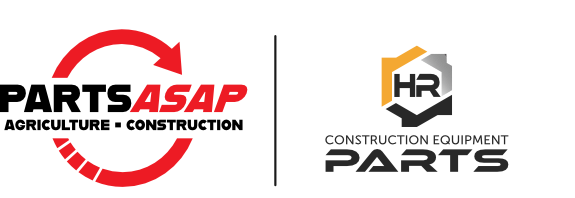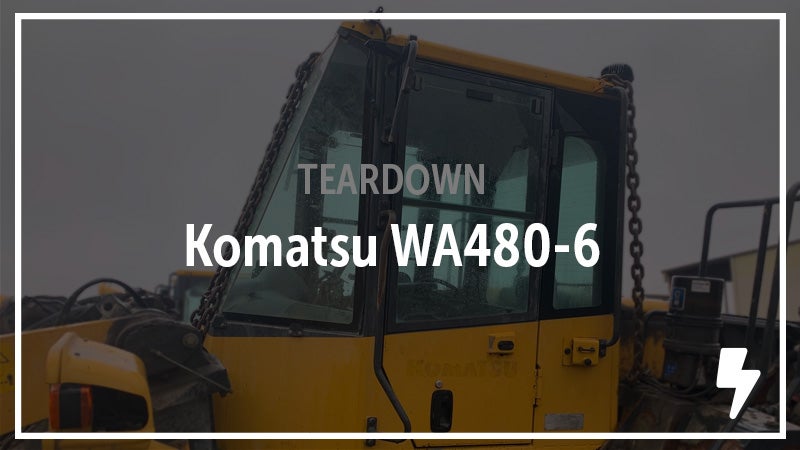
What Are the Parts of a Bulldozer Undercarriage with Undercarriage Diagram
Few machines are as symbolic of a construction worksite as a tracked dozer. Sculpting a building site, digging and leveling ground, and moving a mountainous amount of material are perfect tasks for a tracked bulldozer, and the iconic tracks of a bulldozer as it rips through a job and transforms a site are a sure sign of progress on a project.
While wheeled dozers have their place on jobs, the benefits of tracks for many applications is hard to match. Whether you have your own dozer in your yard or you’re just a bulldozer buff, read along as we take a look at a bulldozer’s undercarriage and explore why it’s so important and integral to a dozer’s dirt work.
What Are the Parts of a Bulldozer Undercarriage?
A tracked bulldozer’s undercarriage allows the machine to move forwards and backwards simply and efficiently and that movement takes a number of different parts working together to happen. Some of the most important parts in the dozer undercarriage are:
Tracks [View Image]
In construction equipment, tracks can either be metal or rubber. Metal tracks are created by linking together a number of trackshoes using flexible connections that allow the track to rotate around points at the ends of the tracks. Grousers (flared or protruding metal cleats) integrated into the trackshoes provide metal tracks with added traction in low friction environments like mud or snow.
Search Dozer Tracks and Track Parts
Idler Wheels [View Image]
Wheels at the end of the track will be used to keep the track on its path and, in combination with the track adjuster, set how tight or loose the track is.
See How an Idler Wheel Works With a Track Spring
Recoil Springs and Track Adjusters [View Image]
Recoil springs (or track springs) are connected to the idler wheel (though the yoke) and protect the track from impacts. These springs work with a track adjuster to maintain a specified amount of tension in the track and to allow that tension to be adjusted depending on certain working conditions.
Learn More About Track Springs
Search Bulldozer Track Springs
Final Drive [View Image]
The final drive on a dozer undercarriage is the part responsible for turning the track and propelling the machine forwards and backwards. By converting hydraulic energy into mechanical power the final drive turns the sprocket and in turn, rotates the track. Inside of the final drive, planetary gears transform high speed input into low speed, high torque output and its this high torque power that gives the dozer its incredible pushing power.
Sprocket [View Image]
The sprocket on a bulldozer is a large cogwheel (either one singular part or several disparate segments) with teeth that interact with the track’s pins and bushings and turn the track. As the final drive turns the sprocket, the teeth of the sprocket create wells in which the pins engage and are carried forward or backward (similar to how a bicycle chain and sprocket work).
Because of the constant friction under which the sprocket’s teeth operate, the bulldozer sprocket has a finite lifespan and must be replaced after a certain time.
Upper and Lower Rollers [View Bottom Rollers | View Top Rollers]
Upper and lower rollers in a dozer’s undercarriage keep the track aligned and properly taut and shaped. Bottom rollers carry the weight of the bulldozer and maintain clearance off the ground, while top rollers (or carriers) prevent the track from sagging. The work of all rollers on the machine can be impacted as the tracks become clogged with dirt and mud and the tension on the track is increased.
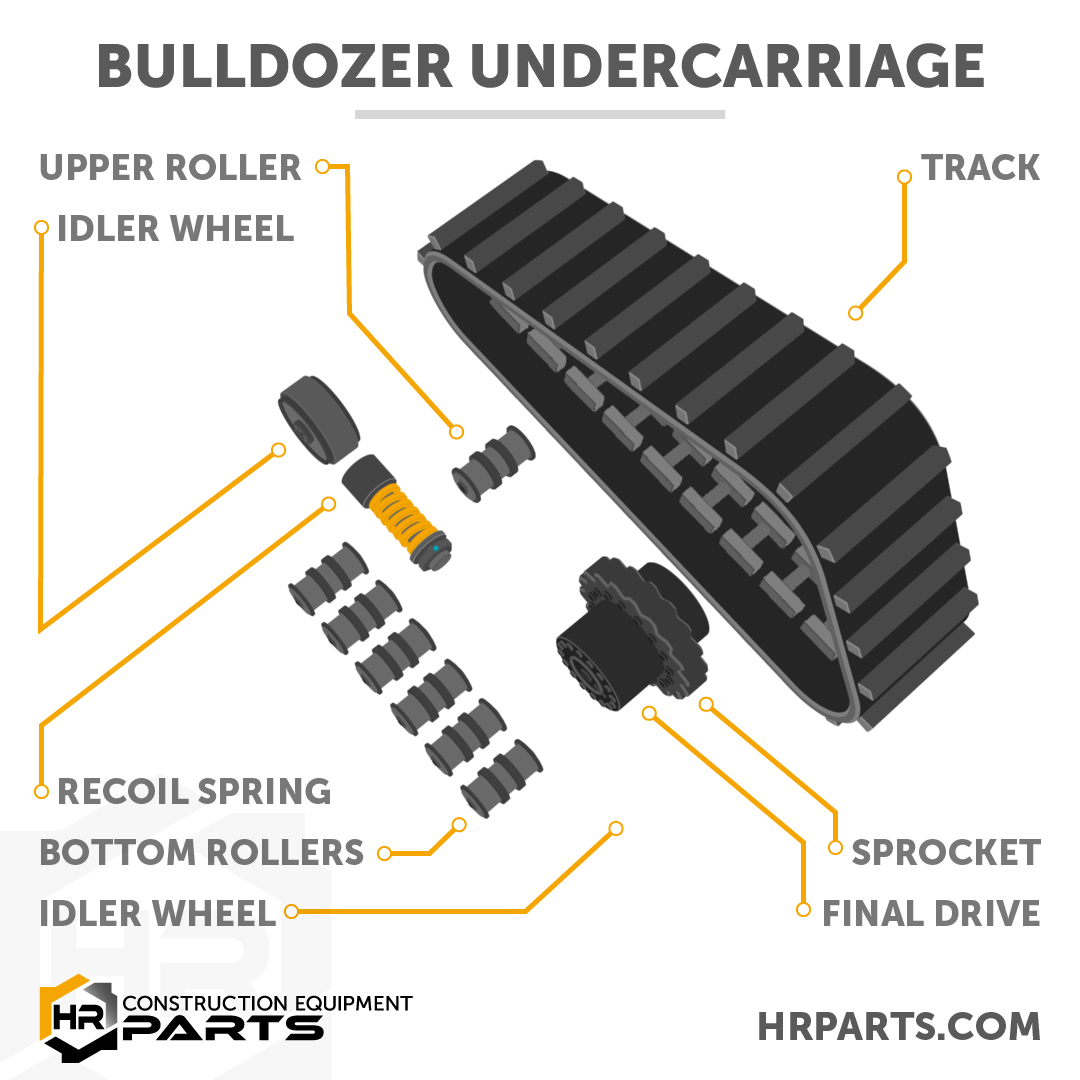
Why do Bulldozers Have Tracks?
It should be noted that not every dozer has tracks, but for ones that do, the design of a tracked undercarriage provides a number of advantages. As compared to wheels, a few advantages of tracks are:
Better Traction When Pushing Materials
If you look at tracks and wheels, you’ll immediately notice just how much more surface area in which a track has contact with the ground. All of that extra surface contact is put to use when a dozer is pushing a heavy load or really digging into the ground and the tracks are maximizing the machine’s traction. The dozer’s tracks and its often heavy weight mean that when a bulldozer is pushing forward it will keep going forward, even when the forces pushing back start building up.
Less Slippage in Loose and Soft Materials
All of the ground contact a track has also allows it to stay in place or move when the ground is less than trustworthy. Unlike a tire that only comes into contact with a small part of the ground, a track is touching enough ground that even as the ground moves or erodes the machine can remain steady and maneuverable. Sandy surfaces, muddy ground, and loose hills that no wheeled machine would ever mount are often no problem for a tracked dozer.
Less Impact to the Ground in Certain Conditions
If you’ve ever had a tracked machine cross your perfectly maintained lawn, you know they can do a lot of damage to the ground. But under the right conditions they can be much less destructive or impactful to a surface.
Picture a wet field on a warm morning just after a rain and a narrow wheeled machine heading across it. You’d quickly see deep ruts and maybe even stuck equipment. But now, swap in some tracks and you’d notice that since the tracks distribute the weight across a much wider area they can prevent the machine from sinking into the ground and allow it to better float across the surface.
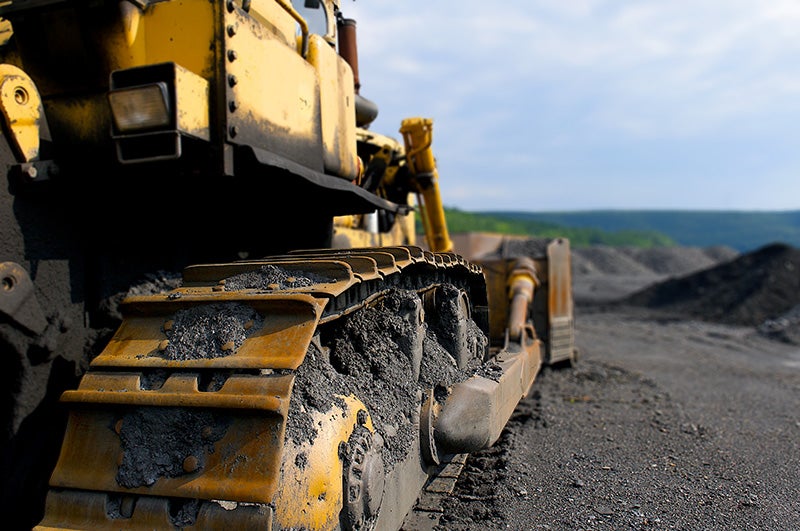
What Are Common Bulldozer Undercarriage Problems?
Like any component of a machine that is subject to constant impacts, high friction from rotating parts, and heavy loads, the undercarriage on a bulldozer requires consistent monitoring and regular maintenance. In fact, maintenance to a dozer’s undercarriage is consistently one of the highest costs associated with the machine’s maintenance and operating costs.
A few common issues in a dozer’s undercarriage are:
Advanced and Uneven Wear
All moving parts in the undercarriage will wear down as they come into contact with other parts. The teeth on the sprocket and the individual rollers will wear down as they interact with the track and eventually their usefulness will be reduced, requiring replacements. Pins and bushing also have a finite life, as does the entire track as it loses efficiency.
Overly Tight or Loose Track
An overly loose track can cause a dozer to lose working power and force all parts in the undercarriage to work harder. But an overly tight track can be just as large of a problem as the pressure can lead to a higher required effort to turn the track and increased pressure on all the undercarriage parts. A bulldozer operator needs to consistently monitor the tension of the track, even during work as the impacts from the environment (like a track loaded with mud) can increase track tension and put the undercarriage under undue pressure.
Failing Final Drive
The final drive in a dozer’s undercarriage is a critical component of the machine’s undercarriage, and though the final drive is designed to work consistently under intense forces, the internal gears of the final drive are subject to wear, especially if hydraulic systems are not constantly monitored.
Recoil Springs (Track Springs)
The recoil springs in the undercarriage are subject to constant pressure from impacts with the ground and other objects the dozer comes into contact with. Recoil springs also are designed to be held under high pressure and either through repeated impacts or sudden catastrophic events they can break or become worn out and fail to hold the track under pressure.
Many of even the most common jobs on a construction site wouldn’t be possible without the design and work of a dozer’s tracks. But making a track system work and keeping it working well is no small job. If you’re a dozer pro, you already know that a well-working undercarriage can be the difference between success and failure on a worksite.
If you’ve landed here because you’re searching to solve an undercarriage issue, we’re always happy to help. With our unmatched inventory of new, rebuilt, and used dozer parts, our Parts Specialists are your resource for finding your part and getting your machine running its best. When you call H&R, you can also be confident you’ll find an expert in the construction equipment industry with the knowledge and expertise to make sure your part is the perfect part for your machine. Just drop them a line.
Bulldozer Undercarriage Image and Diagram Gallery



